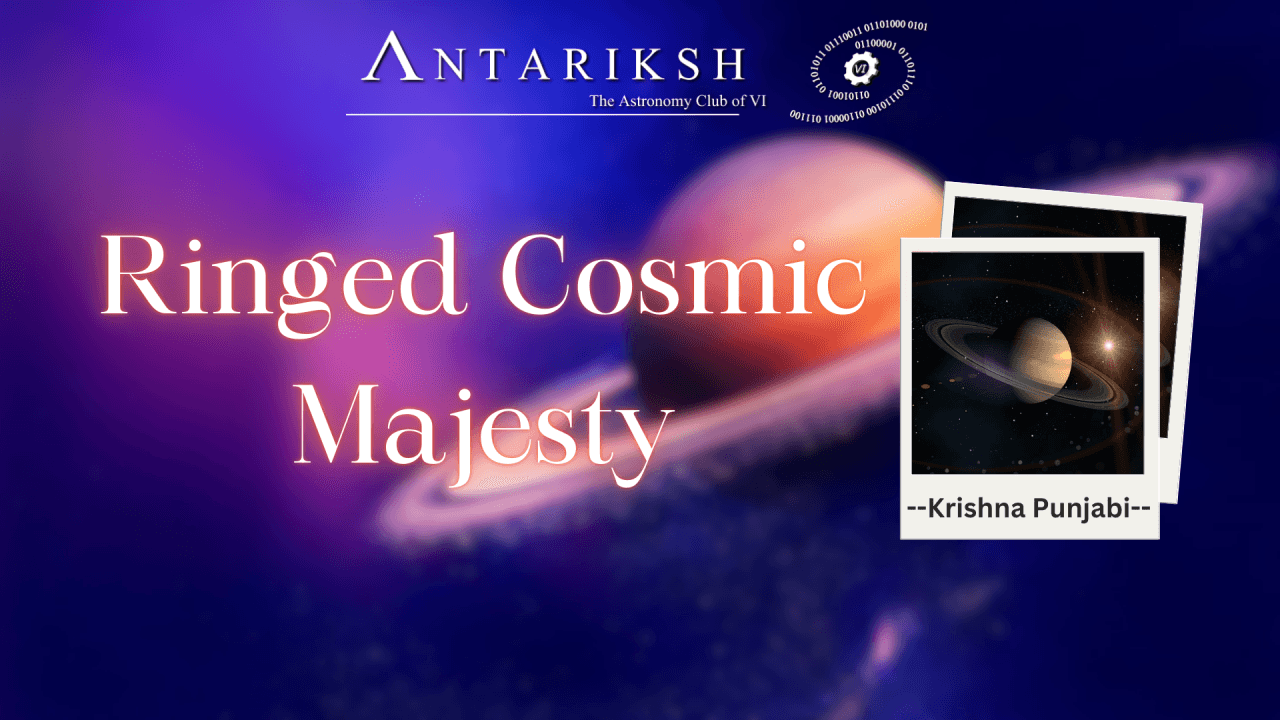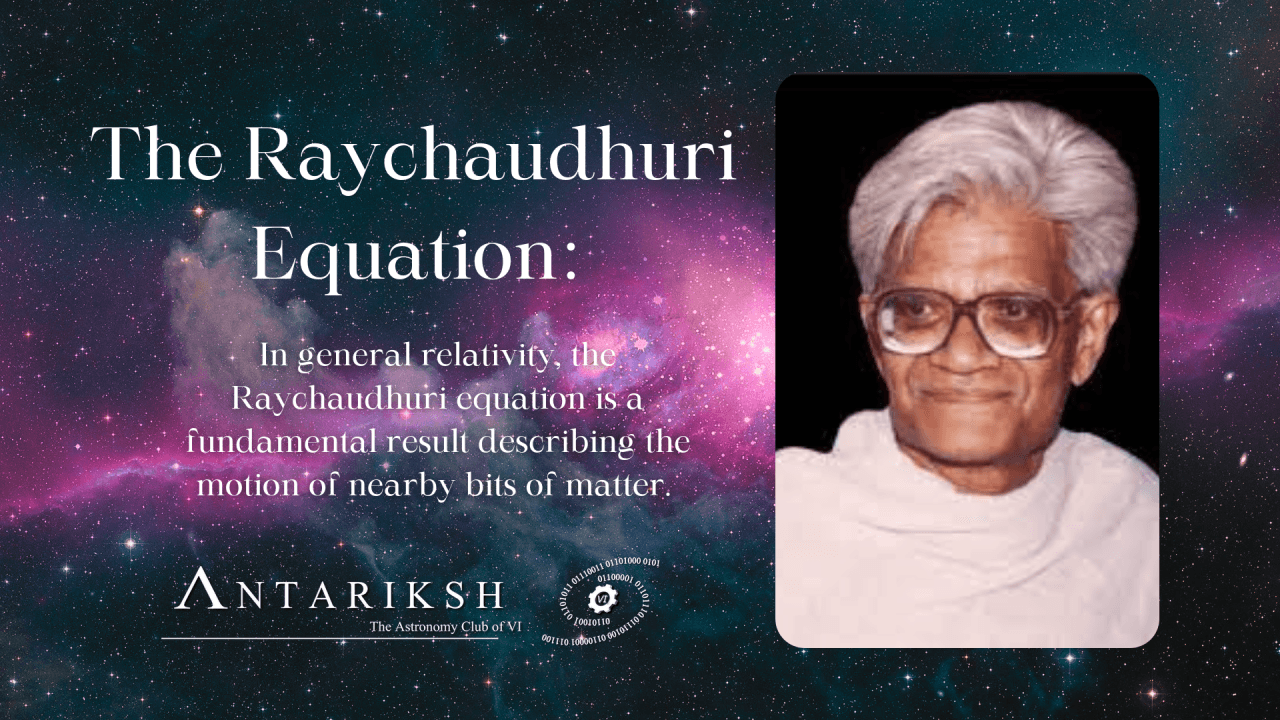
Ringed Cosmic Majesty
Saturn's ring system, discovered by Galileo Galilei in 1610, remains a subject of fascination in astronomy. Composed of icy and rocky particles ranging from micrometers to several meters, recent data from missions like Cassini have enhanced our understanding of their composition and dynamics. This paper reviews the rings' intricate structures, dynamic behaviors, and their proposed origins, including hypotheses of moon disintegration and cometary impacts. The ongoing research emphasizes the rings' transient nature, with predictions indicating their potential disappearance within 300 million years, thus underscoring the importance of continued exploration.
| Published on 10 Dec 2023

CORONA - Sun's Silent Stalker
The solar corona, the outermost layer of the Sun’s atmosphere, remains one of the most enigmatic regions in astrophysics. Composed of superheated plasma, it displays temperatures exceeding 1 million degrees Celsius, far hotter than the Sun’s surface. Despite its high temperature, the corona appears dim due to its low density. This paper discusses the primary features of the corona—coronal holes, coronal jets, and loops—along with theories regarding its anomalous heating, including magnetic waves and nanoflares. Understanding the corona is crucial for studying solar winds and their impact on Earth’s space weather
| Published on 13 Nov 2023

The DARKS
This paper explores the fundamental concepts of matter, antimatter, dark matter, and dark energy, which together form the building blocks of the universe. Matter, composed of baryonic particles, contrasts with antimatter, which annihilates matter upon contact. Dark matter, though invisible, exerts gravitational influence, while dark energy drives the universe's accelerating expansion. These concepts are critical to understanding the universe's composition, with dark energy constituting 68%, dark matter 27%, and observable matter less than 5%. Key historical discoveries are discussed to highlight the importance of ongoing research in cosmology.
| Published on 04 Nov 2023

Astrophotography Workshop
The Antariksh - Astronomy Club organized an insightful Astrophotography Workshop on November 4, 2023, led by Mr. Jameer Manur, founder of the club and Senior Research Staff at IUCAA. The workshop featured three sessions: an introduction to astronomy, astrophotography fundamentals, and a hands-on experience using astrophotography equipment and software like DeepSkyStacker and Adobe Lightroom. Participants learned about celestial object visibility, camera settings (ISO, shutter speed, aperture), and the use of telescopes and CCD cameras. The event inspired a passion for astrophotography, with practical guidance and knowledge sharing.
| Published on 03 Nov 2023

Demystifying the "Raychaudhuri Equation"
The Raychaudhuri Equation is a cornerstone of general relativity, offering profound insights into the dynamics of spacetime, particularly in relation to singularities, gravitational collapse, and cosmology. Developed independently by Amal Kumar Raychaudhuri and Lev Landau, the equation examines how a collection of trajectories, or congruences, behaves in curved spacetime, providing critical contributions to our understanding of singularity theorems, black holes, and the expansion of the universe. Its applications extend beyond general relativity, influencing fields such as astrophysics, cosmology, and even quantum gravity research.
| Published on 05 Oct 2023

Role of Technology in a Multi-Messenger View of our Universe
The Antariksh Club hosted a guest lecture on October 5, 2023, by Prof. Dhruba Saikia, who discussed the "Role of Technology in a Multi-Messenger View of our Universe." The talk explored ancient astronomy, the scientific method, and the use of various technologies in modern astronomy, including telescopes across the electromagnetic spectrum, the James Webb Space Telescope, and the Square Kilometer Array. Prof. Saikia highlighted the limitations of human vision and the challenges of X-ray telescopes. The event deepened participants' understanding of the technological advancements driving astronomical discoveries.
| Published on 04 Oct 2023